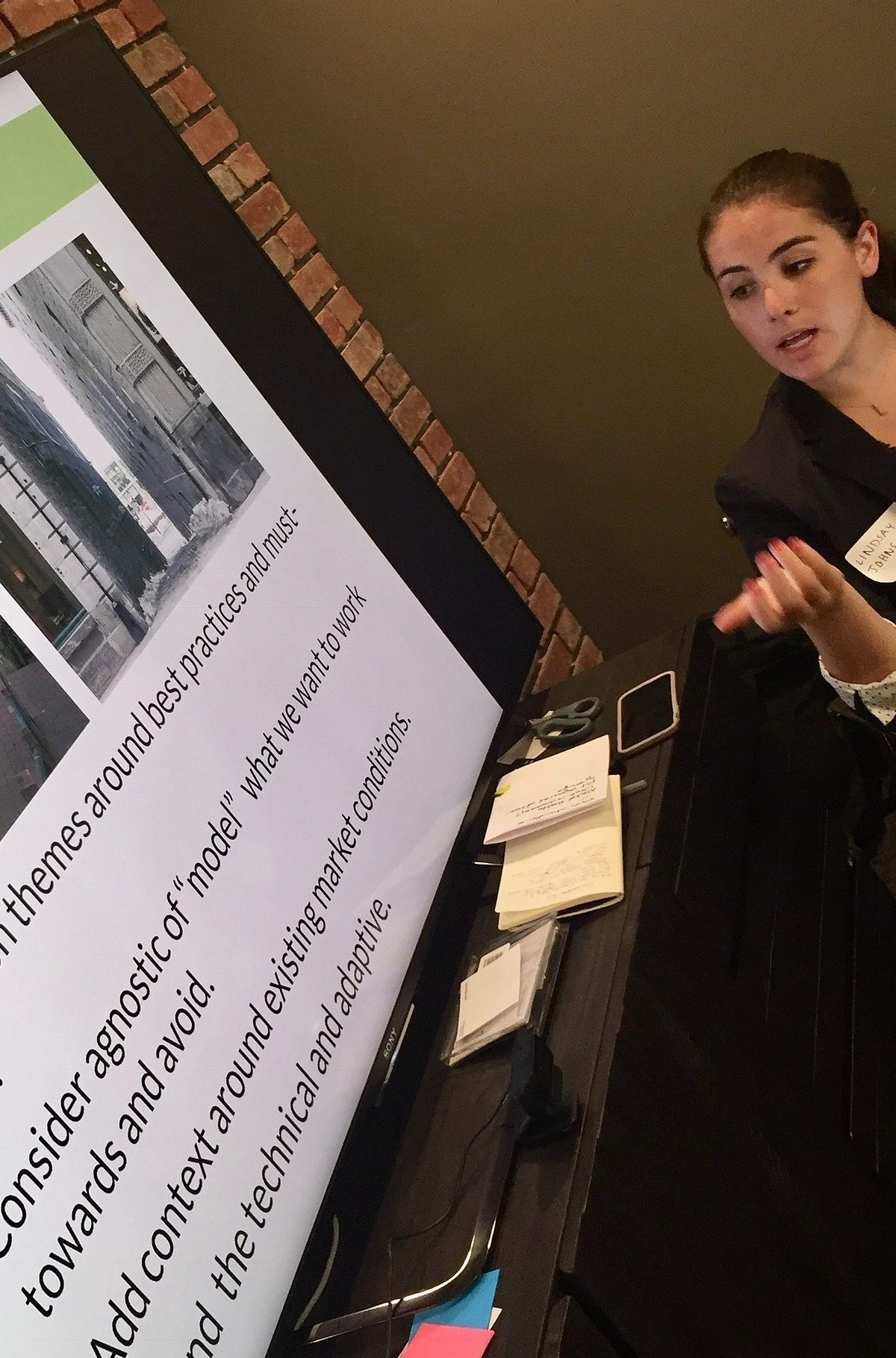Growing up in San Francisco, it was impossible and has become even more impossible, to ignore the issue of homelessness. As a child and teenager, I volunteered with various nonprofits in the Bay Area that worked with homeless individuals. As an adult, I worked on homelessness in a direct service capacity in the Tenderloin and went on to join Tipping Point, where I worked on their Chronic Homelessness Initiative and managed a research project that examined how homeless individuals in the city interact with the criminal justice system.
Since starting at The Kelsey, I am frequently asked why I work in this field and, specifically, if I have a loved one with a disability. When I say I don’t have a family member with disabilities, people seem surprised and genuinely curious as to why I got into this work. In my ten years of working with and for homeless individuals, not once was I ever asked: “So, do you have a family member who’s homeless?” In other words, nobody assumed I had a homeless relative because I worked on homelessness. So why is it in my current job that people assume I must have a relative with a disability to work on disability inclusion?
There appears to be an strange belief that to care about the issue of disability inclusion you either have to have a family member with a disability or have a disability yourself. Many falsely assume individuals with disabilities are “taken care of” through social services and their families, and thus do not necessarily warrant outside support or attention when it comes to a range of issues, including housing. On one hand, this assumption is entirely not wrong. Families and self-advocates have historically played a major role in disability advocacy and lead many (even most) disability-focused organizations.
Still, I believe we unfairly rely on those with loved ones with disabilities to be the only source of advocacy and innovation. Families should be part of designing new solutions, but there are some real challenges if they are the only leaders. In regards to housing, to expect that families will “figure it out” themselves can lead to inequality across income and race. It may mean only certain individuals, with families who have resources, are able to access certain housing models. It even may create potential for well-intended but somewhat paternalistic models that favor protection over independence. Additionally, relying only on those with disabilities and loved ones of those with disabilities to serve as a voice for the disability community results in a certain invisibility in the community at large.
The assumption about needing a direct connection to disability to care about inclusion reinforces the fact that people with disabilities are too often not visible in communities. As one of our stakeholder team members put it: “It’s hard for people to have value if they aren’t visible.” It is one of the reasons The Kelsey is so committed to inclusive models. We want to support people with disabilities to have access to quality affordable housing that is fully visible within and connected to the larger community. We’re not looking to have people with disabilities as those people who live over there, but some of all people who live with us.
The answer to why I work for The Kelsey is because I believe all people of all abilities should have access to affordable, supportive housing. I’m confident our communities can do more to be more inclusive, and I know The Kelsey’s on to something exciting with our collaborative, cross-sector approach. When people with disabilities are valued and visible neighbors, colleagues, friends, leaders, and community members, it makes disability inclusion an issue that matters to all people. Inclusion isn’t something done for or by people with disabilities and their families, it’s something that benefits everyone and thus should matter to everyone.
